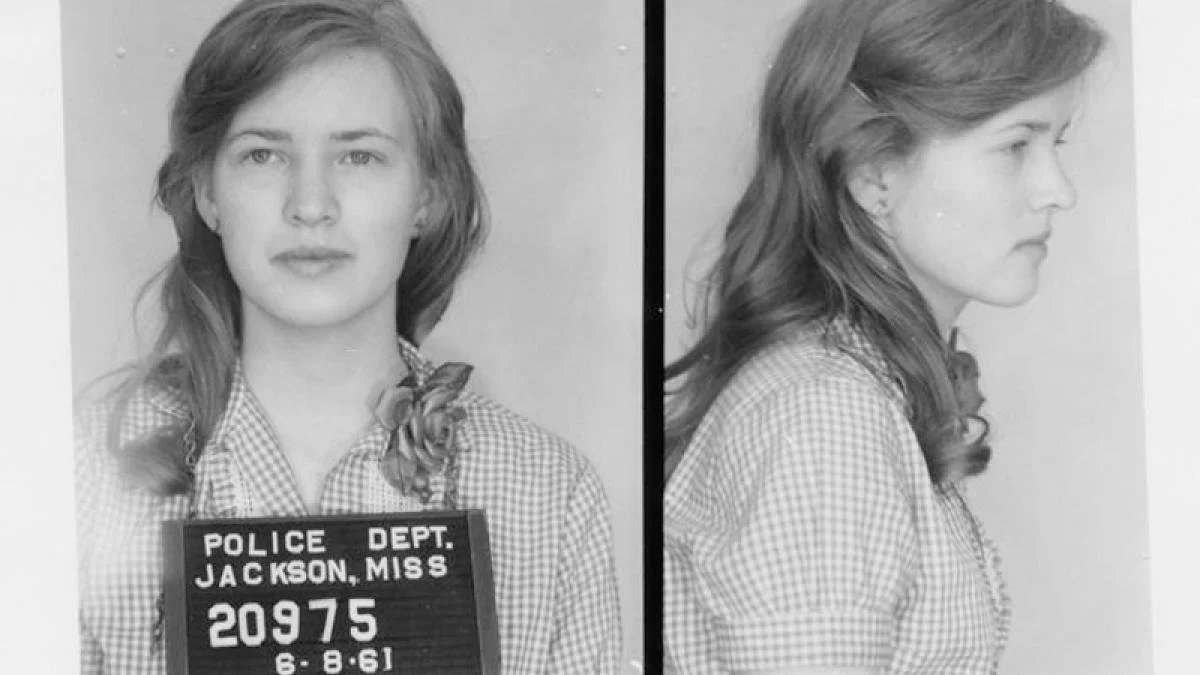What We Can Learn From White Allies
Apr 2024
Guest Contributor Madeline Tredway
Genevieve Hansen
If you’ve participated in one of our Building a Better White Ally workshops, you’ll know that we spend some time sharing examples of white allies throughout history who organized, spoke up, and advocated for racial equity. If you’ve completed one of our workshops, you also know we have a complicated relationship with the the term ally.
It’s not that we don’t think allies are important. It’s just that we believe equity takes more than just calling yourself an ally. Equity requires building solidarity, connection, and power. With that in mind, we wanted to further explore the stories of some of allies who fostered connection across racial lines and put in the work to take collective action. Here are some examples of our favorite allies.
Joan Trumphauer Mulholland
Clarence and Florence Jordan & Martin and Mabel England founded Koinonia Farm in 1942 as an intentional community of Christians sharing their faith. The farm was based on what was then a radical idea—Black and white farm hands were paid fair and equal wages and all were allowed in their community. Even when the KKK tried to force them out through boycotts and intimidation, they continued to uphold racial equality as a non-negotiable aspect of their mission, and still thrive as a community today.
Other white allies demonstrate their commitment to racial justice by defying white supremacy through everyday acts of resistance. Joan Trumpauer Mulholland was raised to be a churchgoing Southerner, but quickly realized the kindness and charity those around her preached did not match their behavior toward black people. At age 10 she vowed to support the Civil Rights Movement however she could, which led to lifelong activism through college sit-ins, marches, and being Freedom Rider.
How do white allies respond when faced with racism among peers? How do they make change when politics are fraught with racism? They organize and make room for activism. When musicians like David Bowie and Eric Clapton were making racist remarks and the far-right National Front was gaining popularity in the late 70s, UK musician Red Saunders (along with others) formed Rock Against Racism. The group organized and spread political education through concerts, a zine, and local chapters across the UK that encouraged black and white fans to embrace their common love of music and refuse to give in to racist calls to action. RAR would grow to include musicians like Tom Robinson, X-Ray Spex, and The Clash.
White allies can also champion antiracism by being aware of their privilege and utilizing it effectively — even on their days off. Genevieve Hansen, a Minnesota firefighter, was taking a walk on her day off when she came across George Floyd, handcuffed and unresponsive, surrounded by police and a crowd of onlookers. She leapt into action, demanding that she be allowed to check his vitals and call 911 to request further assistance, but police refused her access to the scene. She later testified in court about the experience and did several interviews, noting that she understands her privilege as a white person and thinks that allies should step in when appropriate, as they have a higher likelihood of getting out of the situation safely.
Interested in learning how you can go beyond allyship and build solidarity? Download a free copy of our recent Building Relationships for Racial Solidarity Workbook. Discover examples of other white allies we love and what they have to teach us about putting your voice and your privilege on the line for equity.


